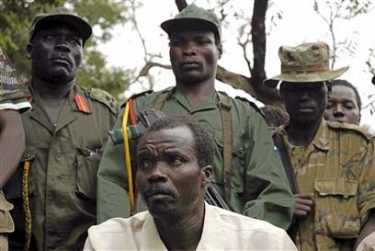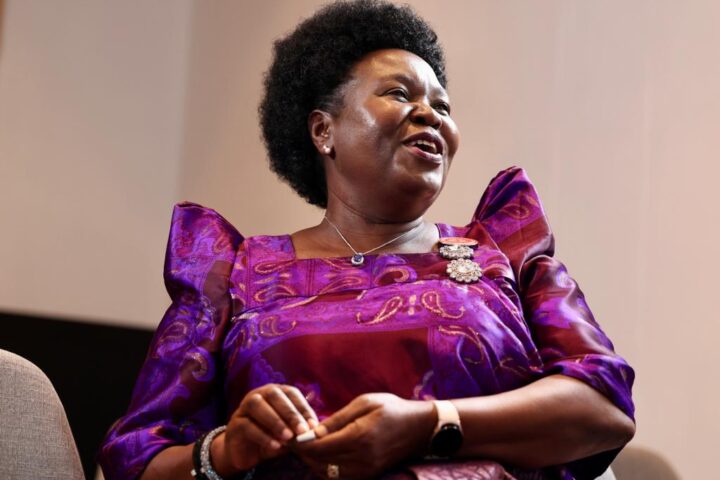The Uganda Peoples Defence Forces has said its strategy of hot pursuit of the Lord’s Resistance Army in far flung areas like the Central African Republic is meant to deny the rebels respite to regroup and return the war theater to Uganda.“There is no barrier, nothing between [our borders] and the LRA so if we do not pursue them who will stop [Joseph] Kony from abducting? It’s either now or never.
If we do not end it Kony could be at our doorstep” said Army and Defence Spokesman Col. Felix Kulaigye yesterday. The comments come in the wake of grim assessments of local and international efforts to limit the ability of militias in the region from killing, maiming and displacing civilians and undermining state authority.
This week Allan Doss, a UN Special envoy to DR Congo said the support given by UN peace keepers there to the Congolese national army which is fighting the Hutu rebel group FDLR had worsened the situation for civilians. He later reportedly told the UN Security Council, of which Uganda is a non-permanent member, which pressure should be kept on the FDLR, which like the LRA has been classified as a “negative force” by regional countries.
“Reducing the pressure now would give the FDLR (Hutu rebels) time to regroup and rearm,” Doss told a meeting of the U.N. Security Council on the Congo. Still the UN seems to flip flop on just whether or not keeping pressure should mean allowing its 17,000 strong army to directly engage in the dirty work of fighting rebels. Similarly at the close of the 3-month Operation Lightning Thunder [OLT] which brought together, at least by agreement, the armies of Congo, Uganda, and South Sudan- humanitarian organizations said while it may have inflicted harm of LRA’s military capabilities- its success was undermined by the cost in human lives. LRA have continued, despite OLT and by extension the current hunt by UPDF, to kill, maim and abduct, seemingly without much resistance in either Congo, South Sudan or Central African Republic military sources say the bulk of their force is located since August.
At the center of the problem on [how international or regional efforts are able to balance civilian protection vis a vis fighting known enemies like the LRA and FDLR] is the question of capacity. Army sources say continued UPDF operations in Congo and CAR are a huge strain on military budgets. The sources also say that one of the setbacks in the fight against LRA has been “unreliable partners” in the Congolese and Sudanese militaries which were never an integral part of what was meant to be a tripartite operational plan. Since the end of OLT there has not been little movement in joint operations against the LRA even if the Uganda government has said it has sought permission to expand its operations to CAR.
Moreover little is known about the success or not of the current operations or if the extent to which the army is receiving cooperation from regional or international partners which have so far been critical. Seen from the expanse of LRA operations in the Congo, CAR and South Sudan and the rate of abductions and civilian deaths attributed to the rebel group- it appears clear that the rebel threat is on ascendancy despite UPDF efforts to contain it.
What is also clear is that the Ugandan army’s strategy of pushing the rebels far from the national border and maintain pressure on them is working. “The military leadership is committed to pursuing the rebels wherever they are” said Kulaigye yesterday. While good for Ugandan civilians, since the war theater is far from national borders, as long as LRA has capacity to cause harm elsewhere- the rebel threat is still serious.
It also does not completely rule out the LRA has a future menace especially if it receives help in the vast and lawless areas where it operates. Reports attributed to SPLA say the LRA have been sighted in Sudan’s Darfur region. If true this is consistent with intelligence reports in 2006 that the LRA planned to transit through CAR to Darfur with the purpose of setting up training bases and perhaps being re-inserted into South Sudan either ahead or after the 2011 Referendum on self-government. If LRA, which has been abducting to beef up its numbers, incubates in Darfur- its days as a military threat to the Ugandan government are not behind it but ahead. Submitted for the Daily Monitor, Kampala










